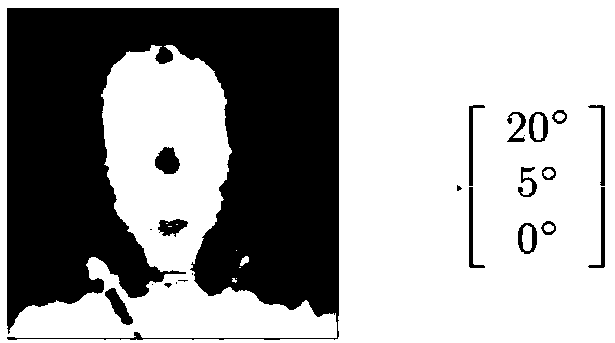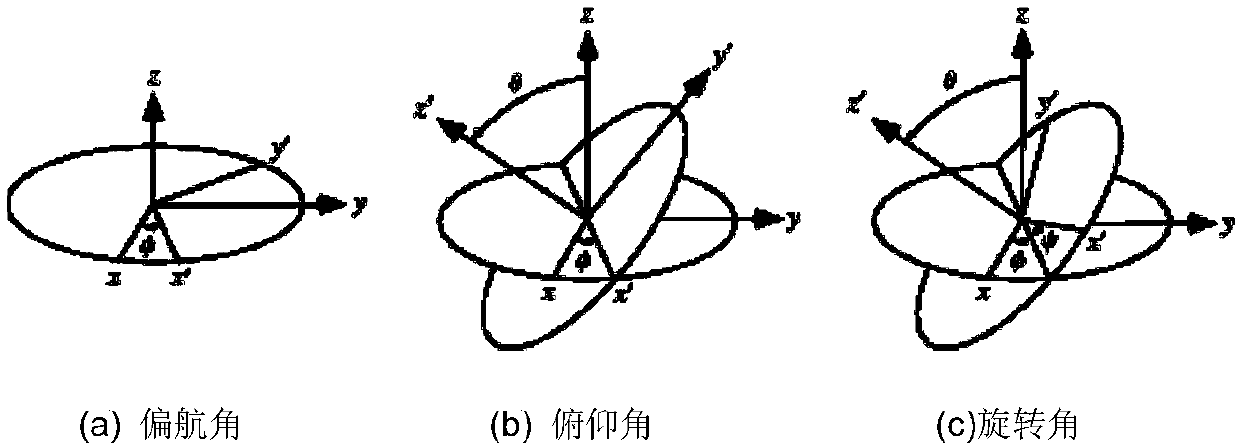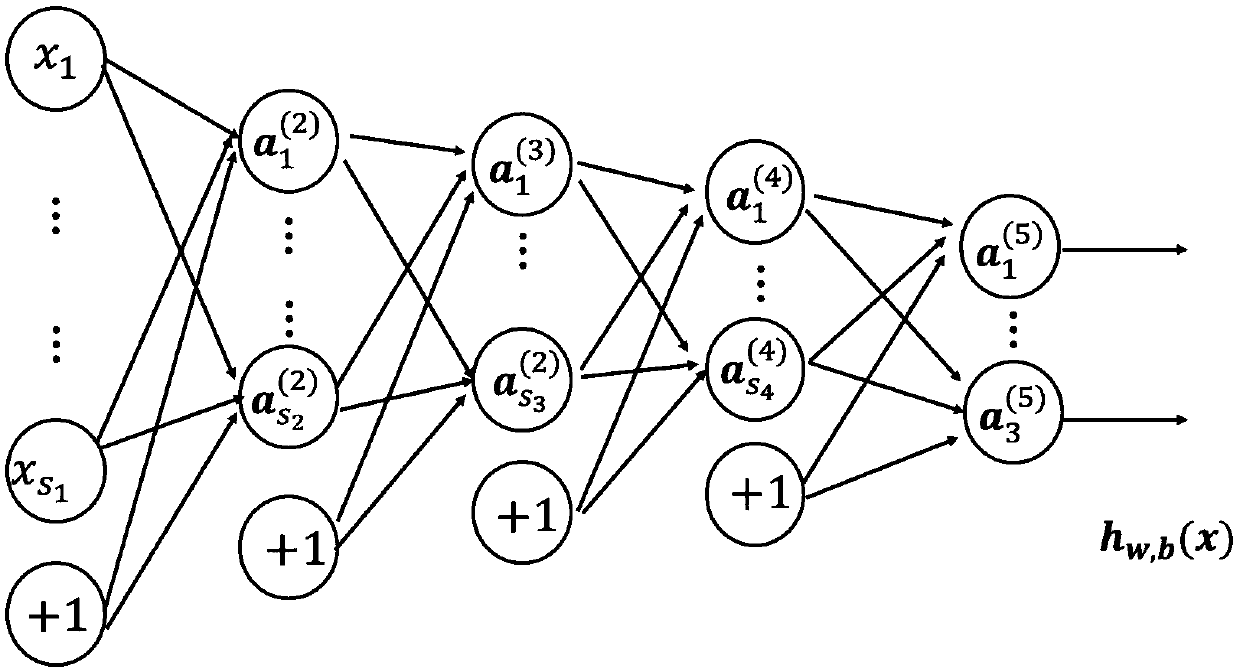A Head Pose Estimation Method Based on Stacked Autoencoder
A technology of stacked self-encoding and head pose, which is applied in the field of computer vision and can solve problems such as the inability to estimate the head pose
- Summary
- Abstract
- Description
- Claims
- Application Information
AI Technical Summary
Problems solved by technology
Method used
Image
Examples
Embodiment Construction
[0067] According to the method of the present invention, at first utilize Matlab or C language to write the training model of stack type self-encoder; Then import the training sample that gathers and train stack type self-encoder parameter; Then extract gradient direction histogram feature to the image that gathers, As the source data, it is input into the trained stacked autoencoder for processing; the estimated head pose is obtained. The method of the present invention can be used in the problem of head pose estimation in natural scenes.
[0068] A head pose estimation method based on stacked autoencoder, comprising the following steps:
[0069] Step 1: Collect N head depth images containing different poses, and record the head pitch, yaw, and rotation angles corresponding to each of the N images according to the position of the camera when collecting each image, and obtain the head pose vector The first dimension of represents the pitch angle, the second dimension represe...
PUM
 Login to View More
Login to View More Abstract
Description
Claims
Application Information
 Login to View More
Login to View More - R&D
- Intellectual Property
- Life Sciences
- Materials
- Tech Scout
- Unparalleled Data Quality
- Higher Quality Content
- 60% Fewer Hallucinations
Browse by: Latest US Patents, China's latest patents, Technical Efficacy Thesaurus, Application Domain, Technology Topic, Popular Technical Reports.
© 2025 PatSnap. All rights reserved.Legal|Privacy policy|Modern Slavery Act Transparency Statement|Sitemap|About US| Contact US: help@patsnap.com



